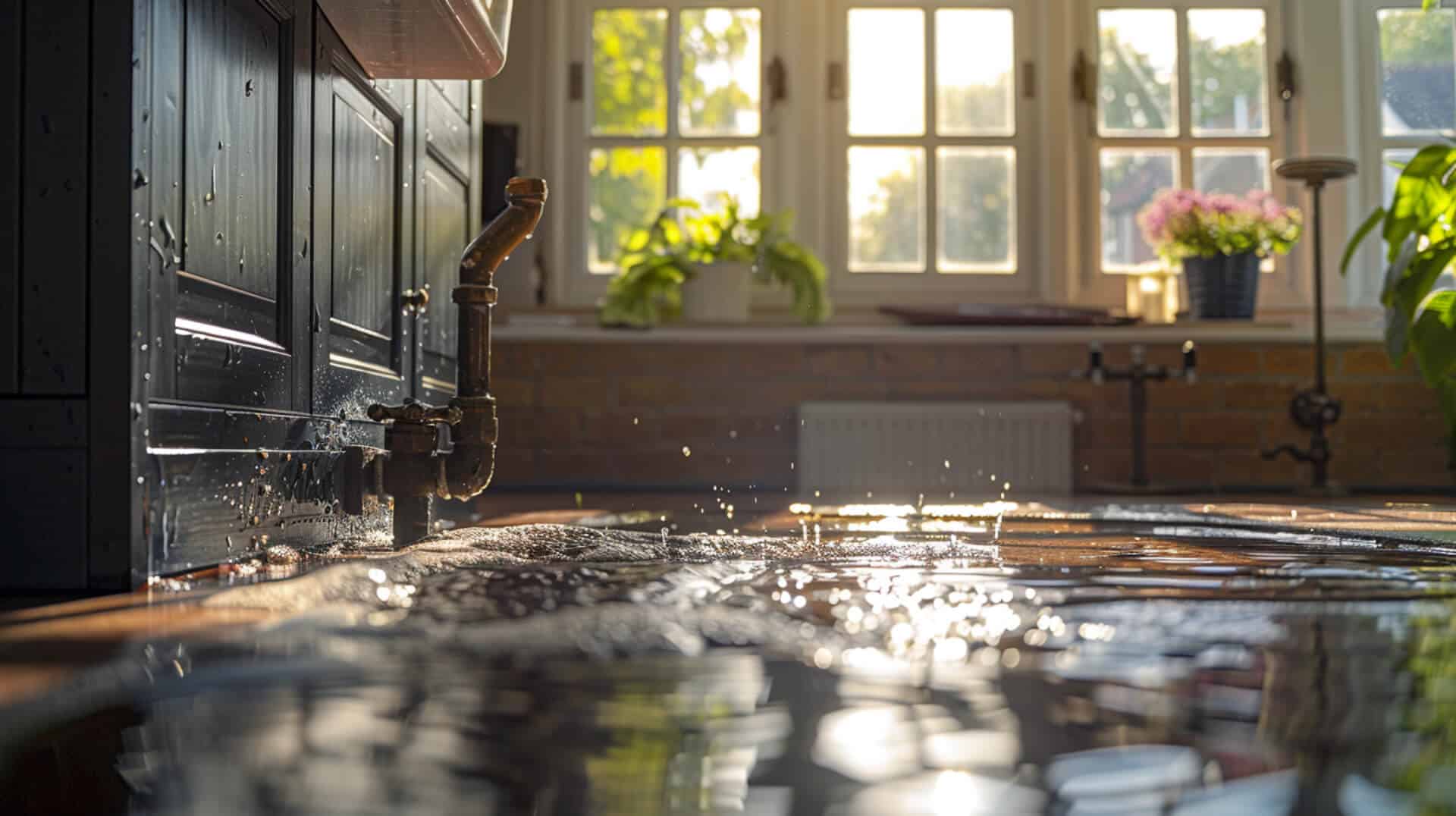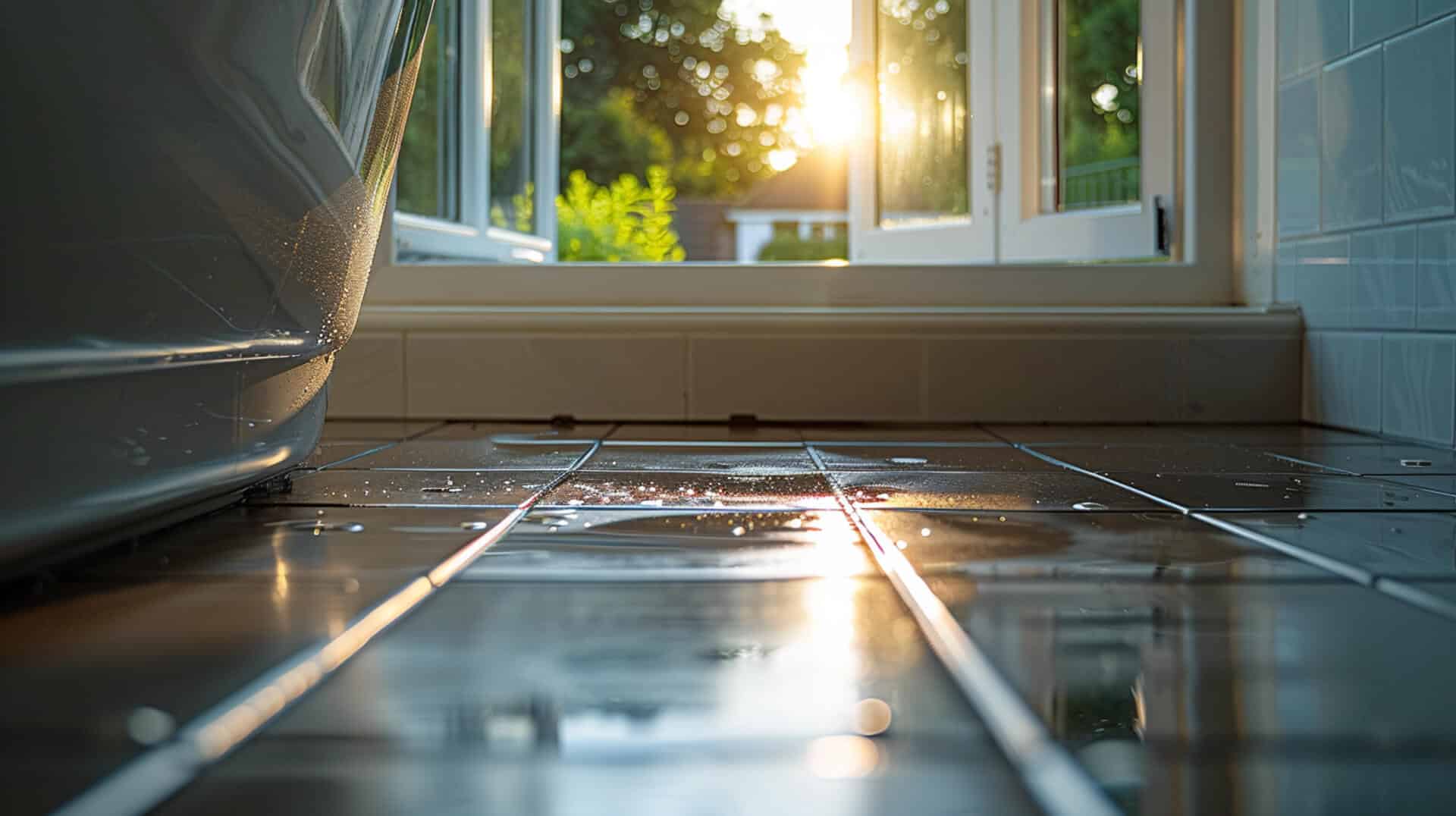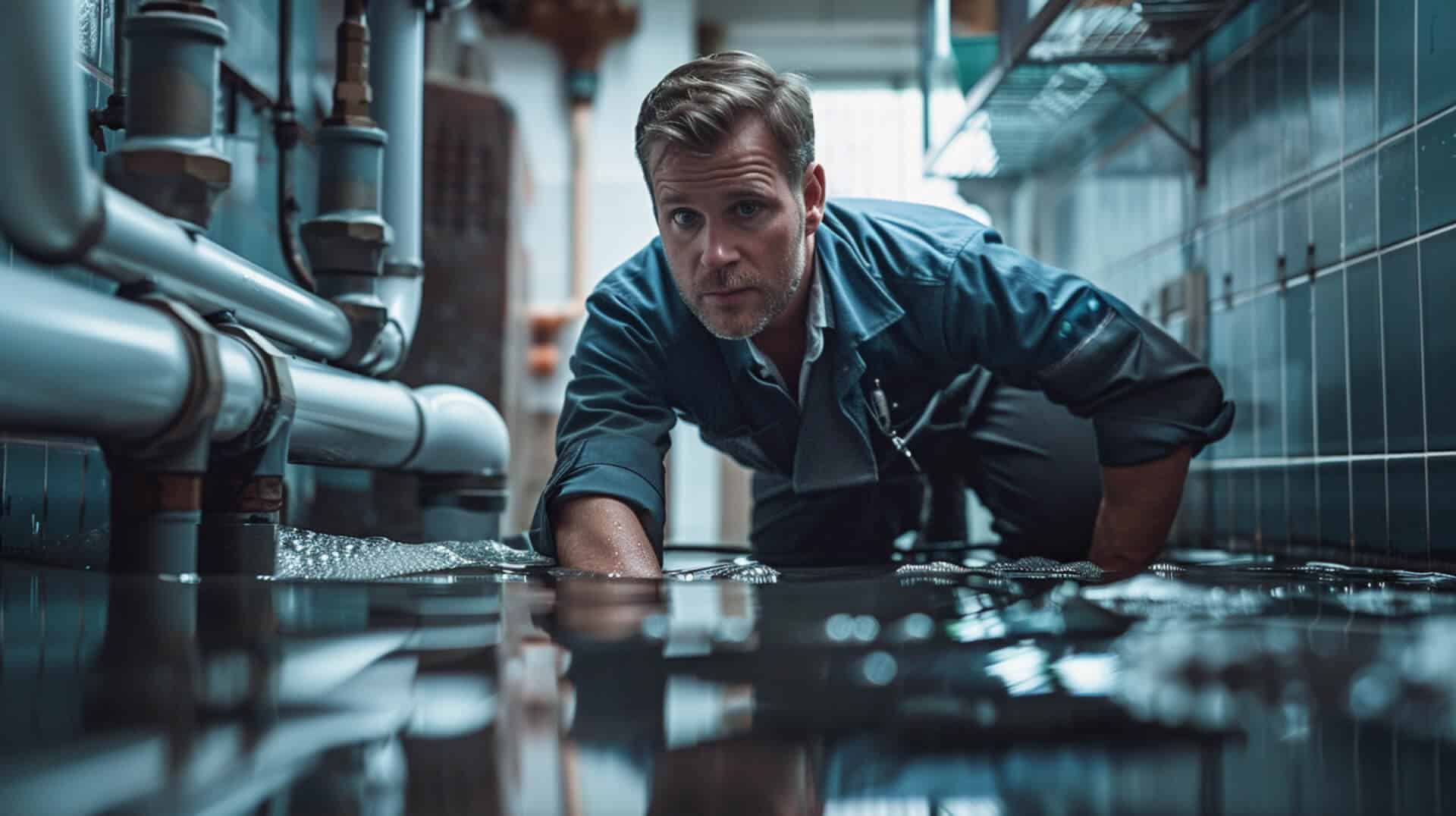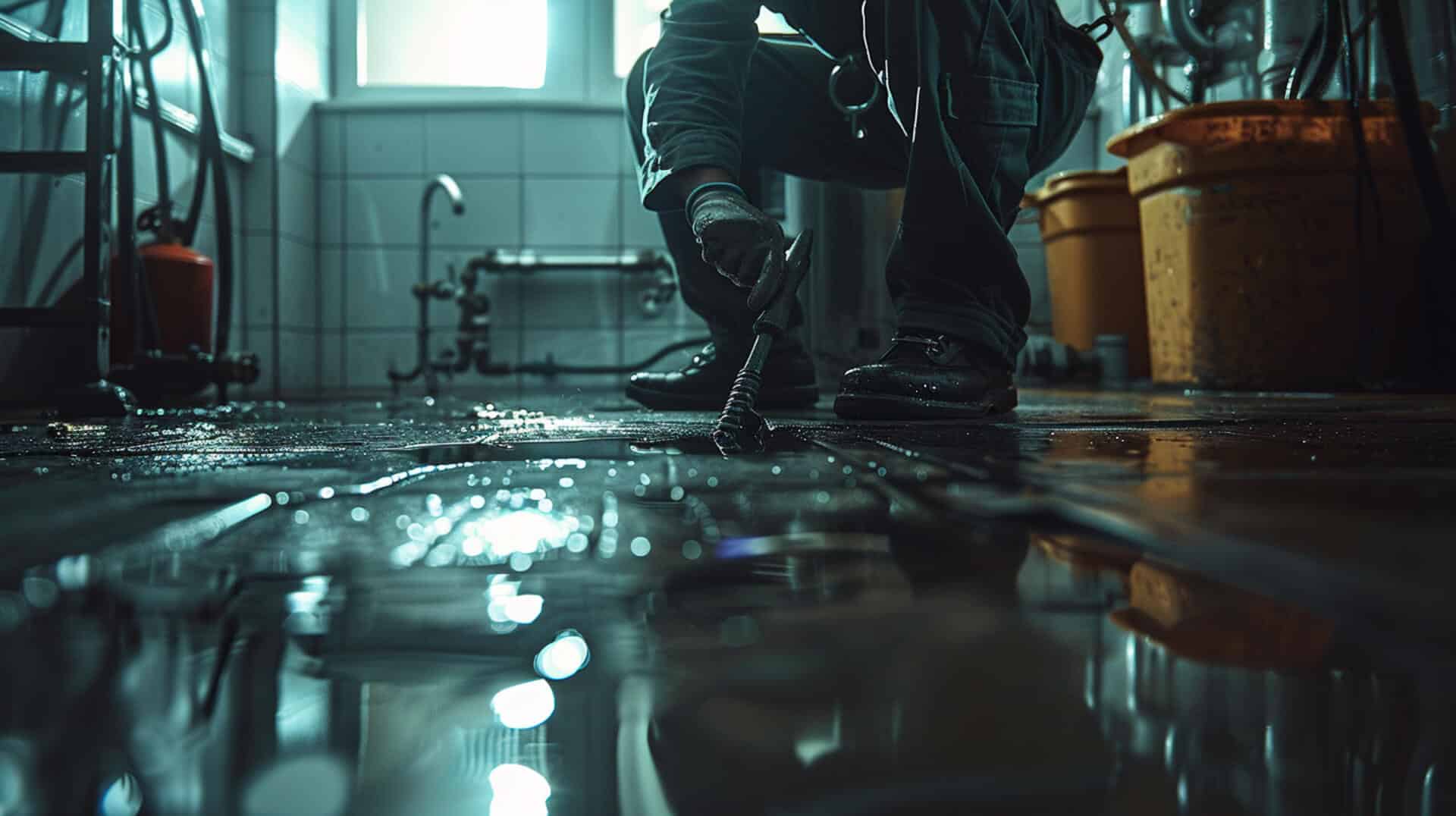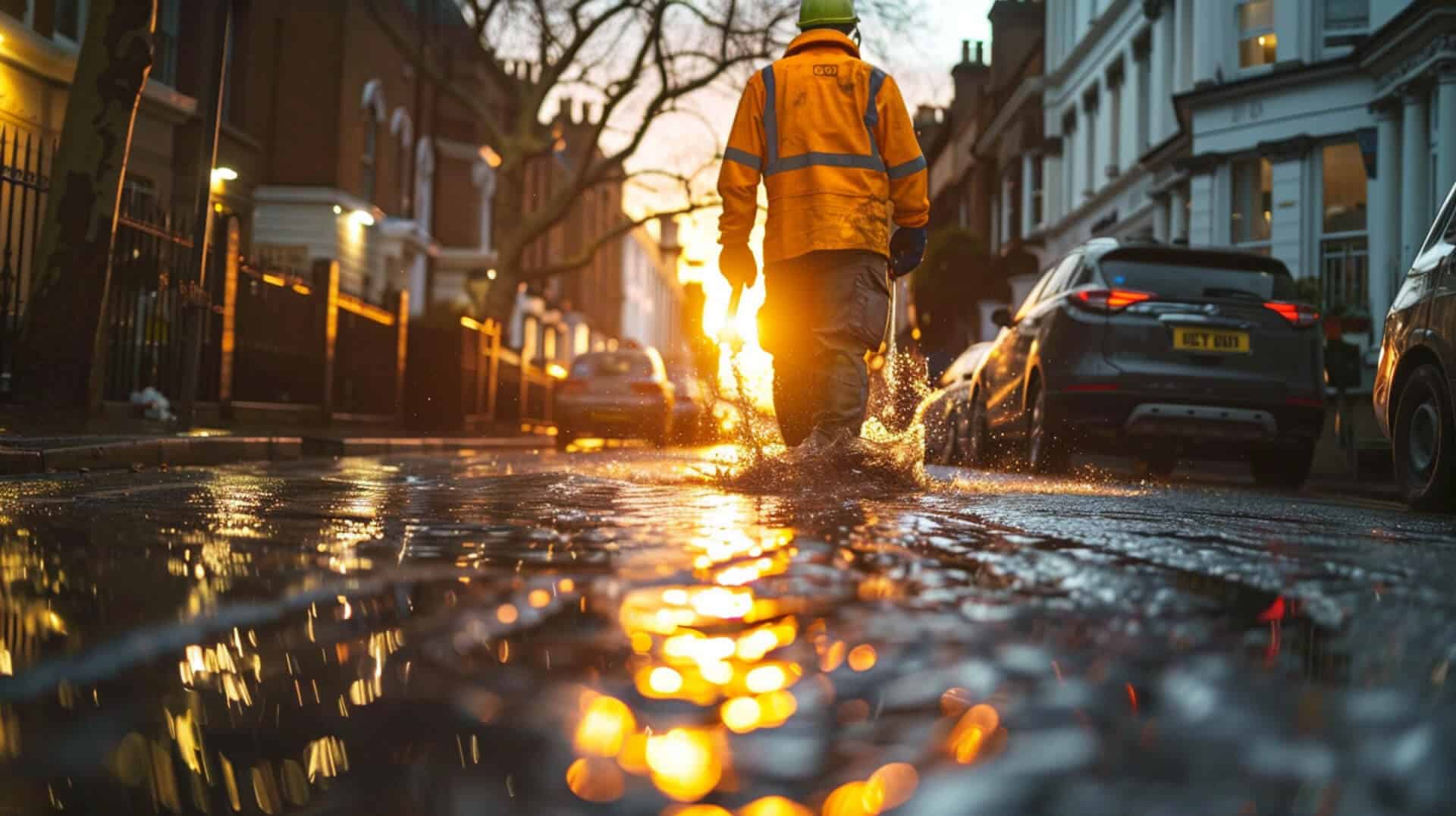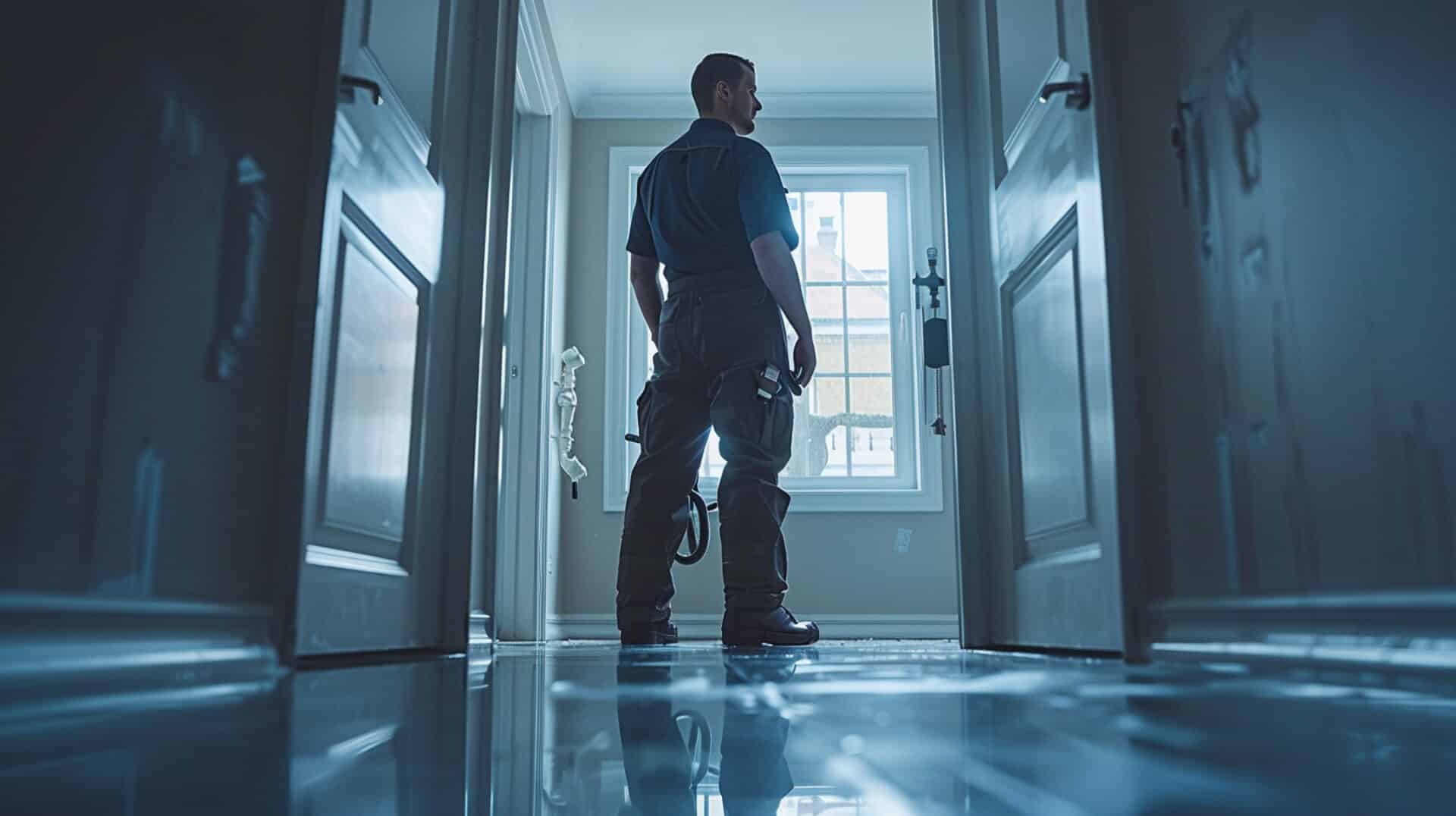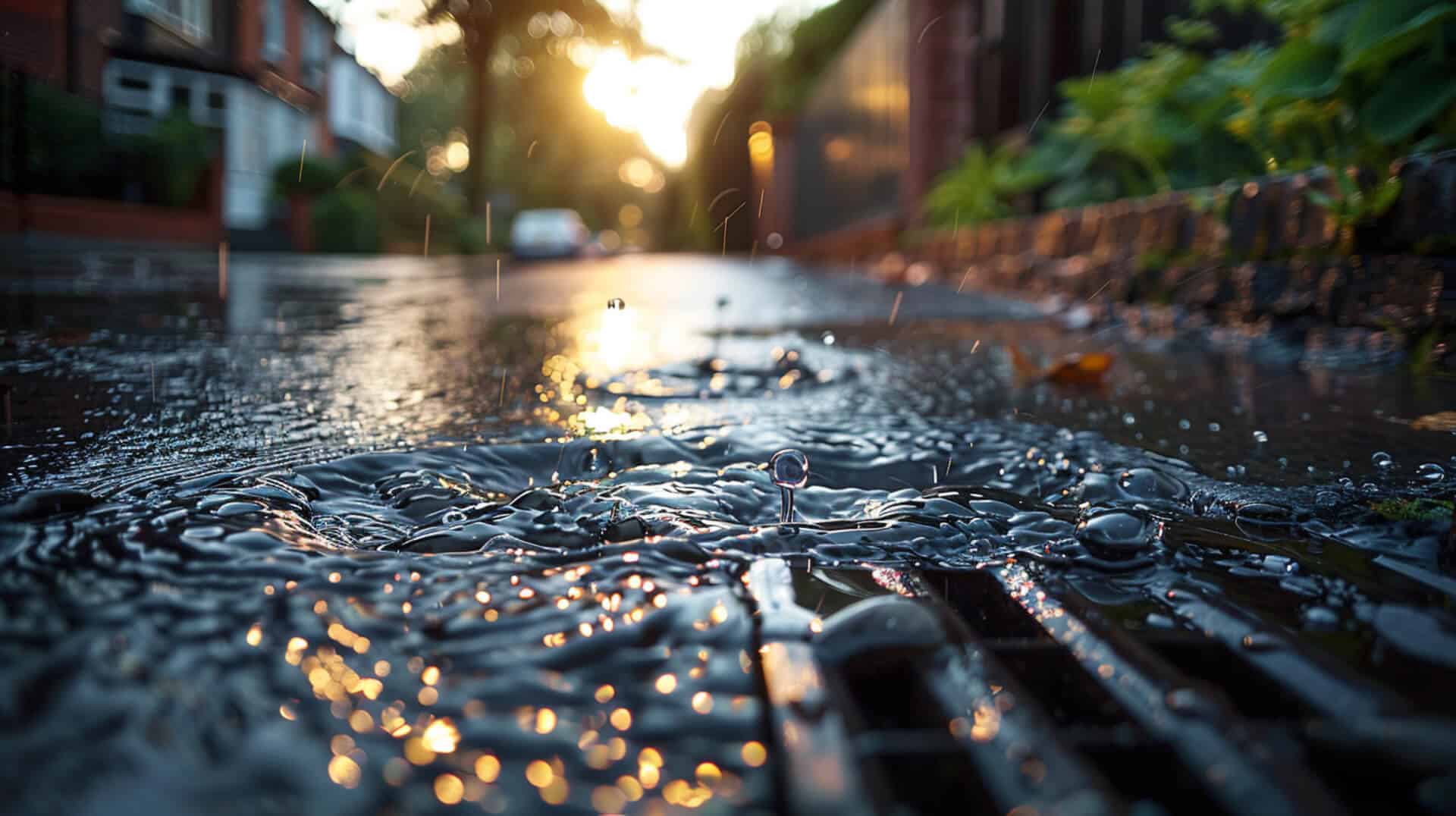 What Is A Drainage Maintenance Contract
What Is A Drainage Maintenance Contract
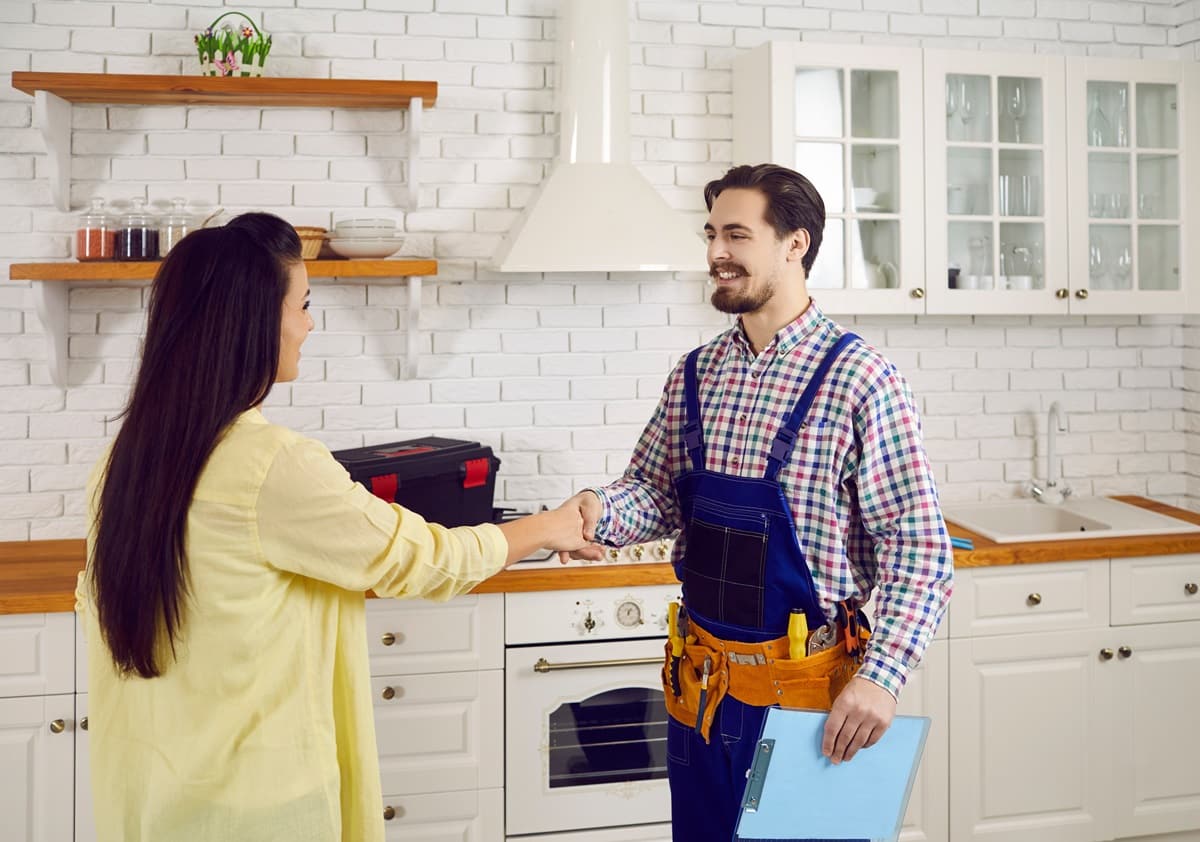
A drainage maintenance contract is a formal agreement between a service provider and a property owner, outlining the regular maintenance services to be performed on the property’s drainage system. These contracts are designed to ensure the proper functioning and longevity of the drainage infrastructure, which is essential for managing water flow and preventing property damage.
The Significance for Property Management
Regular maintenance under these contracts is critical for preventing blockages, mitigating health risks, and preserving the aesthetic and structural integrity of the property. They serve as a proactive measure to avoid costly emergency repairs and to maintain compliance with environmental and safety regulations.
Who Needs a Drainage Maintenance Contract?
Property owners, business owners, and facility managers typically enter into these contracts to safeguard their investments. Whether it’s a residential complex, commercial establishment, or industrial facility, a well-maintained drainage system is vital for operational efficiency and safety.
Contribution to Property Safety and Compliance
Drainage maintenance contracts contribute significantly to property safety by preventing water accumulation and flooding, which can lead to structural damage and health hazards like mould growth. Compliance with local regulations is also a key aspect, as these contracts ensure that the drainage systems meet the required standards, thereby avoiding legal penalties and contributing to environmental conservation.
The Importance of Regular Drainage Maintenance
Regular drainage maintenance is a critical aspect of property management that serves to mitigate a variety of risks. By ensuring that drainage systems are regularly inspected and cleaned, property owners can prevent the accumulation of debris that often leads to blockages and subsequent water damage.
Mitigating Risks Through Maintenance
Regular maintenance of drainage systems helps in preventing blockages that can be caused by everyday materials such as grease, hair, and soap. This proactive approach reduces the likelihood of water accumulation and flooding, which can lead to costly property damage.
Preventing Blockages and Damage
Through services like high-pressure water jetting and mechanical cleaning, maintenance contracts ensure that drainage systems remain clear of obstructions. This not only prevents damage but also maintains the functionality and efficiency of the drainage infrastructure.
Significance of Erosion Control
Erosion control is a significant component of property management. Regular drainage maintenance helps in managing the flow of water, thereby preventing soil erosion that can compromise the structural integrity of landscapes and buildings.
Role in Environmental Protection
Maintenance plays a pivotal role in environmental protection. By keeping drainage systems clean, the risk of pollutants entering natural waterways is minimised, contributing to the preservation of local ecosystems.
Services Offered Under Drainage Maintenance Contracts
Drainage maintenance contracts typically encompass a variety of services designed to ensure the proper functioning of drainage systems. These services are essential for maintaining the health and safety of both the property and its occupants.
Comprehensive Cleaning and Inspection Services
Included in these contracts are thorough cleaning services such as high-pressure water jetting, which utilises a stream of high-velocity water to remove obstructions and buildup within pipes. Mechanical cleaning may also be employed to physically dislodge blockages and debris.
High-Pressure Water Jetting Explained
High-pressure water jetting is a method that uses water under high pressure to clear blockages and maintain the cleanliness of drainage systems. This technique is effective in removing grease, sludge, and other debris that can cause clogs.
Advantages of CCTV Drainage Surveys
CCTV drainage surveys are a non-invasive method to inspect the condition of underground drainage systems. These surveys provide a visual assessment that helps in identifying issues such as cracks, blockages, and other structural problems.
The Necessity of Emergency Unblocking Services
Emergency unblocking services are a critical component of drainage maintenance contracts. They ensure that sudden and severe blockages can be quickly addressed to prevent water damage and maintain the functionality of the drainage system.
Coverage Areas and Sectors for Drainage Maintenance
Drainage maintenance services are essential for the smooth operation of both residential and commercial properties. The availability of these services can vary by location, with certain areas receiving more frequent coverage due to higher demand or specific regional needs.
Geographic Reach of Services
Drainage maintenance services are typically offered in a wide range of areas, with providers often focusing on regions where they can maintain a strong presence and deliver timely assistance. For instance, services may be available in urban centres like London, where the density of properties can lead to a higher incidence of drainage issues.
Focused Coverage in High-Demand Areas
Areas such as Ipswich and London are frequently covered due to their significant commercial and residential infrastructure. The concentration of buildings in these regions necessitates a robust approach to drainage maintenance to prevent systemic issues that can affect large numbers of properties.
Impact of Service Availability
The availability of drainage maintenance services directly impacts the efficiency with which drainage issues are addressed. In regions with comprehensive coverage, property owners can expect quicker response times and more frequent maintenance schedules.
Beneficiaries in the Hospitality and Tourism Sectors
The hospitality and tourism sectors greatly benefit from reliable drainage maintenance services. Hotels, restaurants, and tourist attractions require well-maintained facilities to ensure guest comfort and safety, making drainage maintenance contracts a prudent investment for businesses in these industries.
Customization and Flexibility of Drainage Maintenance Contracts
Tailoring a drainage maintenance contract to meet specific property needs is essential for ensuring that the unique aspects of each site are adequately addressed. Flexibility in contract terms allows property managers to adapt services to the evolving requirements of their properties.
Tailoring Contracts to Property Needs
Contracts can be customised to address the particular challenges and risks associated with your property. This may include:
- Adjusting the frequency of maintenance visits based on the age and condition of the drainage system.
- Including specific services such as CCTV surveys for complex drainage networks.
- Providing for emergency call-outs in areas prone to sudden weather changes.
Advantages of Flexible Contracts
Flexible contracts offer several benefits:
- They allow for adjustments as the needs of the property change over time.
- Property managers can negotiate terms that align with budget constraints and maintenance priorities.
- Flexibility ensures that the property remains compliant with evolving legal and environmental standards.
Importance of Instant Online Quotes
The option for instant online quotes provides immediate clarity on the potential costs associated with a drainage maintenance contract, enabling informed decision-making without delay.
Role of Free Site Surveys
Free site surveys are a critical first step in contract customization, offering:
- An assessment of the current state of the drainage system.
- Recommendations for necessary maintenance work.
- An opportunity to discuss specific concerns and requirements with the service provider.
Pre-Planned Maintenance Agreements and Preventive Measures
Pre-planned maintenance agreements are designed to provide regular, scheduled care for drainage systems, distinguishing them from reactive services that address issues only after they arise. These agreements are a proactive measure, ensuring that potential problems are identified and resolved before they escalate into costly repairs.
Distinction from Reactive Services
Unlike reactive services that deal with unexpected emergencies, pre-planned maintenance is systematic and occurs at regular intervals. This approach allows for the anticipation of potential issues, leading to a more controlled and cost-effective management of the drainage system.
Prevention of Costly Repairs
Regular maintenance under these agreements can prevent the escalation of minor issues into major repairs. By scheduling routine inspections and cleanings, you’re investing in the longevity of your drainage system and avoiding the higher costs associated with emergency interventions.
Recommended Maintenance Checks
Annual or bi-annual checks are recommended to maintain the optimal functioning of the drainage system. The frequency of these checks can be adjusted based on the specific needs of your property, taking into account factors such as system age, usage, and environmental conditions.
Long-Term Benefits
The long-term benefits of preventive maintenance include extended system longevity, improved efficiency, and reduced likelihood of unexpected failures. By adhering to a pre-planned maintenance schedule, you’re ensuring the continuous operation of your drainage system, ultimately contributing to the safety and compliance of your property.
Components and Systems Covered in Maintenance
Understanding the components and systems included in a drainage maintenance contract is essential for property owners, business owners, and facility managers. These contracts typically cover a comprehensive range of elements to ensure the entire drainage system functions effectively.
Surface and Subsurface Drainage Systems
Maintenance contracts generally include care for both surface and subsurface drainage systems. Surface systems, such as gutters and grates, are cleaned to prevent blockages that can lead to water overflow and property damage. Subsurface systems, including perforated pipes and drainage tiles, are inspected and maintained to ensure proper underground water management.
Critical Maintenance of Downspouts and Gutters
Downspouts and gutters are vital for directing water away from the property’s foundation. Regular cleaning and repair of these components prevent water damage to the building’s structure and reduce the risk of basement flooding.
Specialised Attention for Detention Ponds and Culverts
Detention ponds and culverts require specialised maintenance to function correctly. Detention ponds are inspected for silt accumulation and structural integrity, while culverts are checked for blockages and erosion that can impede water flow and lead to more significant issues.
Scheduling and Frequency of Maintenance Activities
Determining an effective maintenance schedule for drainage systems is a critical component of a drainage maintenance contract. The frequency of maintenance activities is influenced by several factors, ensuring that the drainage system remains in optimal condition.
Determining Maintenance Schedules
Maintenance schedules are typically determined based on an assessment of the drainage system’s age, usage patterns, and environmental factors. For new systems, less frequent checks may be sufficient, while older systems might require more regular attention to prevent issues.
Factors Influencing Maintenance Frequency
The frequency of maintenance can vary by location due to differences in climate, the likelihood of blockages, and local environmental regulations. Systems in areas with heavy rainfall or older infrastructure may need more frequent maintenance to prevent system failures.
Utilisation of Maintenance Scheduling Tools
Tools like FieldInsight software assist in the efficient scheduling of maintenance activities. This software automates reminders and helps track the history of maintenance work, ensuring that nothing is overlooked.
The Role of Reminder Systems
Reminder systems are integral to maintenance efficiency. They provide timely alerts for upcoming maintenance activities, helping to prevent the lapse of service intervals and ensuring that the drainage system is consistently maintained to avoid unexpected issues.
Legal and Environmental Considerations in Drainage Maintenance Contracts
When entering into a drainage maintenance contract, it is imperative to understand the legal and environmental obligations involved. These contracts are not only about maintaining the functionality of drainage systems but also about adhering to standards that protect both legal interests and the environment.
Adherence to Legal Standards
Drainage maintenance contracts must comply with local, state, and federal regulations. This includes ensuring that all maintenance work is performed to the standards required by law, which may involve specific procedures for waste disposal and the use of certain materials or chemicals.
Ensuring Environmental Responsibility
Environmental responsibility is a cornerstone of drainage maintenance. Contracts should outline practices that prevent pollutants from entering waterways, protect local ecosystems, and contribute to sustainable water management. This includes measures for soil erosion prevention, which is crucial for maintaining land integrity and water quality.
Soil Erosion Prevention
Preventing soil erosion is not only an environmental concern but also a practical one, as it helps maintain the stability of properties and landscapes. Maintenance contracts should specify the techniques and practices used to prevent erosion, particularly in areas susceptible to water damage.
Benefits of Clear Contract Terms
Clear terms and responsibilities within the contract ensure that both parties understand their obligations. This clarity helps prevent disputes and ensures that maintenance is carried out effectively, with both parties aware of their roles in upholding legal and environmental standards.
Cost Considerations and Payment Options for Drainage Maintenance Contracts
Understanding the financial aspects of a drainage maintenance contract is crucial for property owners. The cost of these contracts can be influenced by various factors, and it’s important to consider all potential expenses to effectively budget for this essential service.
Factors Influencing Contract Costs
Several factors can affect the cost of a drainage maintenance contract:
- The size and complexity of the property’s drainage system.
- The frequency of maintenance and inspection services required.
- The types of services included, such as emergency call-outs or specialised cleaning techniques.
- Geographic location, which may impact travel time and accessibility for the service provider.
Budgeting for Drainage Maintenance Expenses
To budget for drainage maintenance expenses, property owners should:
- Obtain detailed quotes from multiple service providers to compare costs.
- Consider the long-term savings that regular maintenance can provide by preventing costly emergency repairs.
- Review the contract terms to understand what services are included and any potential additional charges.
Importance of Insurance Considerations
Insurance can play a significant role in drainage maintenance contracts. Property owners should:
- Verify whether their insurance policy covers any part of the drainage maintenance costs.
- Understand the delineation of responsibility between the property owner and the service provider in the event of damage during maintenance work.
Available Payment Plans
Drainage maintenance contracts may offer various payment plans:
- Some providers may allow for monthly, quarterly, or annual payments.
- Flexible payment options can help property owners manage cash flow and align expenses with their budgeting cycles.
- It’s advisable to discuss payment plan options with the service provider to find a suitable arrangement.
Challenges and Solutions in Drainage Maintenance
Property managers often encounter a range of issues with drainage systems, from clogged drains to inaccessible areas that complicate maintenance efforts. Modern techniques and innovative solutions are available to address these challenges effectively.
Common Issues in Drainage Systems
You may face common problems such as clogged drains caused by the accumulation of debris, standing water due to poor drainage, and the impact of severe weather conditions on the system’s efficiency. These issues can lead to water damage and require prompt attention to prevent further complications.
Role of CCTV Surveys in Modern Maintenance
CCTV drainage surveys play a pivotal role in diagnosing and resolving drainage issues. These surveys provide a detailed internal view of the drainage system, allowing for accurate identification of blockages, structural damage, and other concerns without the need for invasive procedures.
Addressing Accessibility Concerns
Accessibility for maintenance is a significant concern, especially in areas with complex drainage systems or restricted entry. Service providers employ various techniques to access these challenging areas, ensuring that all parts of the system receive the necessary maintenance.
Innovative Solutions for Difficult-to-Access Areas
For areas that are difficult to access, innovative solutions such as trenchless repair methods and drain lining techniques are utilised. These methods allow for repairs and maintenance without the need for extensive excavation, minimising disruption and maintaining the integrity of the property.
Contribution of Drainage Maintenance Contracts to Property Management
Drainage maintenance contracts are integral to the overarching strategy of property management. They provide a structured approach to maintaining the health and efficiency of drainage systems, which is essential for the longevity and safety of the property.
Critical Role of Service Providers
Selecting the right service provider is crucial. A reliable provider brings expertise, timely service, and adherence to regulatory standards, which are all vital for the effective management of drainage systems. The provider’s ability to offer flexible and customised services can significantly enhance the value of the contract.
Future Trends in Drainage Maintenance
The field of drainage maintenance is evolving, with new technologies and practices emerging that can impact service delivery. Innovations such as smart sensors and AI-driven diagnostics are poised to enhance the precision and efficiency of maintenance services.
Staying Informed on Best Practices
For property owners, business owners, and facility managers, staying informed about best practices in drainage maintenance is key to ensuring their properties are well-maintained. Engaging with industry publications, attending workshops, and participating in professional networks can provide valuable insights into emerging trends and effective maintenance strategies.



